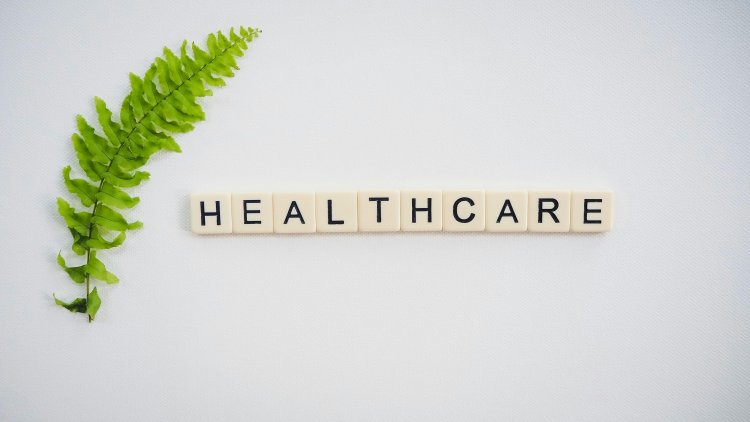How to Reduce Period Cramps: Simple and Effective Solutions
How to Reduce Period Cramps: Simple and Effective Solutions
Share this Post to earn Money ( Upto ₹100 per 1000 Views )

how to reduce period cramps, or dysmenorrhea, affect many women during their menstrual cycle. For some, the discomfort is mild, while others experience severe, debilitating pain that interferes with daily activities. The cramps occur when the uterus contracts to help shed its lining, and the intensity of these contractions varies from person to person. While period cramps are a natural part of menstruation, there are several ways to reduce their severity and make your period more manageable. In this article, we will explore effective methods for reducing period cramps.
1. Apply Heat to the Affected Area
Heat therapy is one of the simplest and most effective ways to reduce period cramps. Applying heat to your lower abdomen helps relax the uterine muscles and improve blood circulation, which can significantly relieve pain. You can use a heating pad, a hot water bottle, or a warm compress. Taking a warm bath can also help relax your muscles and reduce discomfort.
Heat therapy works by increasing blood flow to the area, which reduces the painful muscle contractions that cause cramps. It’s a safe and natural way to soothe the pain, and it’s especially helpful if you prefer to avoid medication.
2. Stay Hydrated and Eat Anti-Inflammatory Foods
Staying hydrated is essential for reducing bloating, which can worsen period cramps. Drinking plenty of water throughout the day helps to keep your body functioning optimally and prevents excess water retention, a common cause of bloating during menstruation. Warm beverages, such as herbal teas, can also provide soothing relief. Ginger tea, in particular, has anti-inflammatory properties that can reduce cramp intensity.
Eating a balanced diet that includes anti-inflammatory foods is another key to reducing period pain. Omega-3 fatty acids, found in foods like salmon, chia seeds, and walnuts, are known for their anti-inflammatory benefits. Additionally, leafy greens, berries, and whole grains can help combat inflammation and reduce cramping. On the other hand, it’s best to avoid processed foods, salty snacks, and caffeine, as these can increase bloating and worsen discomfort.
3. Regular Exercise and Movement
While it might be tempting to rest when you’re experiencing cramps, light exercise can be highly effective in reducing pain. Physical activity helps release endorphins, the body's natural pain relievers, which can help counteract the pain caused by period cramps. Gentle exercises like walking, stretching, or yoga are ideal during menstruation.
Yoga, in particular, is beneficial for relieving cramps, as certain poses target the abdominal muscles and improve blood flow to the pelvic region. Poses such as the child's pose, cat-cow stretch, and reclining bound angle pose can provide relief and help relax tense muscles.
4. Over-the-Counter Pain Relievers
For more immediate relief, nonsteroidal anti-inflammatory drugs (NSAIDs) like ibuprofen, aspirin, or naproxen can help reduce period pain. These medications work by reducing the production of prostaglandins, the chemicals responsible for uterine contractions. Taking these medications at the first sign of cramps can prevent the pain from becoming too severe.
However, it’s important to use over-the-counter pain relievers as directed, and consult a healthcare provider if you have any concerns, especially if you need to take them regularly for menstrual pain.
5. Relaxation and Stress Management Techniques
Stress can exacerbate period cramps, making the pain feel more intense. Practicing relaxation techniques such as deep breathing, meditation, or mindfulness can help calm your mind and body. Deep breathing exercises promote oxygen flow to the muscles, helping to ease tension and reduce pain. Meditation and mindfulness practices can also help you manage the emotional and physical stress associated with menstruation.
6. Massage and Essential Oils
A gentle abdominal massage can help reduce period cramps by improving blood flow and relaxing the uterine muscles. Using essential oils like lavender, clary sage, or marjoram during the massage can enhance the soothing effects, as these oils have anti-inflammatory and muscle-relaxing properties.
To try this, gently massage your lower abdomen in circular motions with a few drops of essential oil diluted in a carrier oil, such as coconut or almond oil. This can help ease tension and provide relief from cramps.
Conclusion
Period cramps can be uncomfortable, but there are many effective ways to reduce their severity. From applying heat and staying hydrated to practicing yoga and taking over-the-counter medications, there are numerous strategies you can try to ease your pain. Additionally, incorporating relaxation techniques, a balanced diet, and gentle massage into your routine can help make your period more manageable. If your cramps are severe or don't improve with these methods, it's a good idea to consult a healthcare provider to rule out underlying conditions like endometriosis or fibroids. By taking proactive steps, you can reduce period cramps and improve your overall well-being during menstruation.

 wavebye
wavebye 













